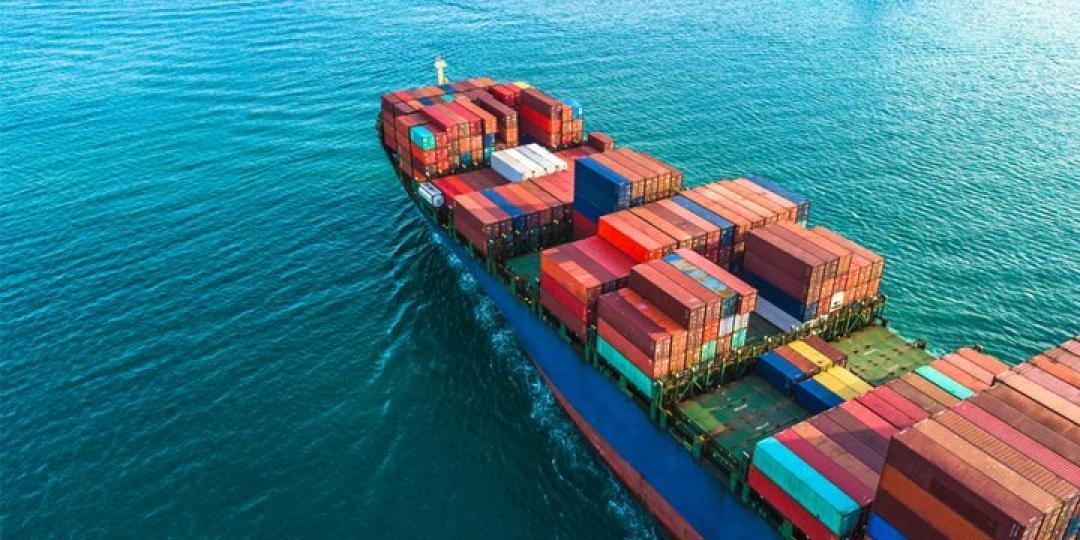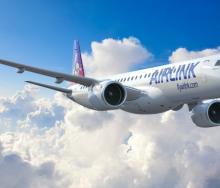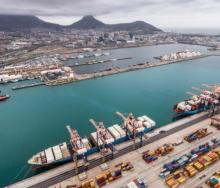As the demand/supply ratio normalises, and the unprecedented freight rate levels of the past few years begin to decline, Covid-induced anomalies too are changing.
Maritime consultancy Sea-Intelligence explains that as the market strengthened after Covid hit, there was a confluence of small carriers that started to deploy capacity, especially on the Transpacific trade, and major carriers that started to introduce services outside the alliance networks.
“The idea was to take advantage of the opportunity provided by the very high freight rate environment,” says CEO Alan Murphy.

Figure 1 shows this development across the Asia-North America West Coast trade lane.
“The addition of these non-alliance services meant that at the peak of the market, their market share had essentially doubled. But as the freight rates began to drop in 2022, the share of non-alliance services also began to decline, and looking into 2023-Q1, they are poised to continue to decline.”
And while there is still more relative capacity operated by non-alliance services than before the pandemic, if the rate of decline continues, Murphy believes this will revert to pre-Covid levels before the end of 2023.
“On Asia-North America East Coast, there was a similar trend of increasing non-alliance capacity as the market initially strengthened. However, even though there is a distinct decline coming into 2023, there is no sign presently that we are about to go back to pre-pandemic levels.
“On the Asia-Europe trades, the non-alliance capacity has increased, but not materially, with no ability to handle material volumes as the figure is around 2%-5%. However, on Asia-Mediterranean, there are no signs of non-alliance services reducing their market share in 2023-Q1,” he said.













